The Japanese government says a tsunami of up to 30 meters (100 feet) could hit the country’s northeast in the case of a massive earthquake.
A government report predicts that if a magnitude 9 level earthquake occurs in the Kuril or Japan trenches off the coast of Hokkaido to the Tohoku region, it could be devastating for many areas in northeastern Japan.
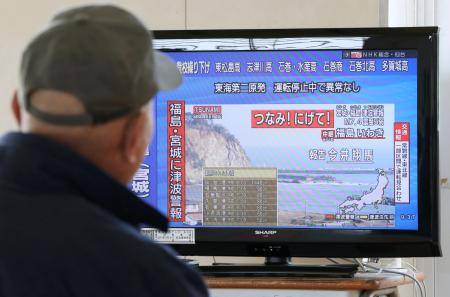
A government panel said Tuesday that tsunami as high as 30 meters could hit Hokkaido in northern Japan and Iwate in the northeast if a magnitude 9 earthquake occurs along sea trenches off the country’s Pacific coast.
The group of experts made the warning based on a worst-case scenario and said a mega-earthquake centered around the Japan Trench and the Kuril Trench off northern parts of the country could be “imminent.”
While the Cabinet Office panel said it is difficult to calculate the probability such an earthquake could occur, it pointed to the fact that massive tsunami have happened in the region every 300 to 400 years with the latest observed in the 17th century.
Japan Trench
The Japan Trench extends from waters off the coast of Hokkaido to the Boso Peninsula in Chiba Prefecture, east of Tokyo, and the Kuril Trench stretches from the sea off Tokachi on the country’s northernmost main island to the Kuril Islands in Russia’s Far East.
The magnitude 9.0 earthquake and subsequent tsunami which devastated northeastern Japan in 2011 and left more than 15,000 people dead were also focused on the Japan Trench. However, the panel this time predicted quakes specifically centered around waters off Sanriku and Hidaka as well as the sea off Tokachi and Nemuro.
Quake is inevitable
Seismologist Kenji Satake, a University of Tokyo professor and head of the panel, pointed out a massive earthquake and tsunami, though not often, would certainly happen in the region because such quakes have occurred there several times in the past 6,000 years.
“A massive earthquake of this class (shown in the simulation) would be difficult to deal with by developing hard infrastructure (such as coast levees). To save people’s lives, the basic policy would be evacuation,” Satake said.
The Cabinet Office launched a working group Tuesday to estimate the damage on people, buildings and the economy that could be caused by the predicted disaster and to study countermeasures. It plans to draw a conclusion by the end of March next year.
Damage of the tsunami
The latest panel simulation based on the analysis of tsunami deposits in the past 6,000 years covered damage to seven prefectures — Hokkaido, Aomori, Iwate, Miyagi, Fukushima, Ibaraki and Chiba.
Miyako in Iwate Prefecture was forecast to be hit by the largest tsunami of 29.7 meters, followed by the Hokkaido town of Erimo at 27.9 meters.
The area around Tokyo Electric Power Company Holdings Inc.’s Fukushima No. 1 nuclear power plant that was crippled by the 2011 disaster is projected to be submerged as well, while the coast of Miyagi and Fukushima prefectures could be hit by 5- to 20-meter tsunami.
Tsunami could also hit parts of Aomori Prefecture facing the Sea of Japan as well as Mutsu Bay, with the prefectural government office and Aomori city hall predicted to be under more than 1-meter of water, according to the panel. More tsunami news on Strange Sounds and Steve Quayle. [Japan Times]


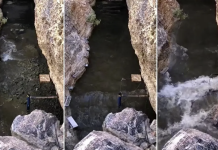


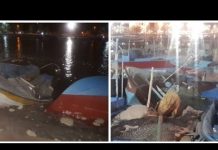

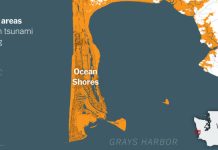
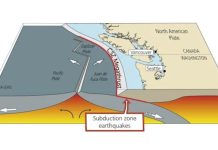
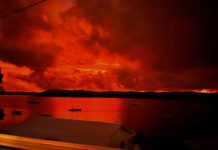
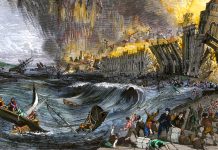

How to guarantee reduce damage and life lost from quake shaking and fire?
there is no guaranty. You have to be prepared, have your kit, enough water and a safe place to flee.